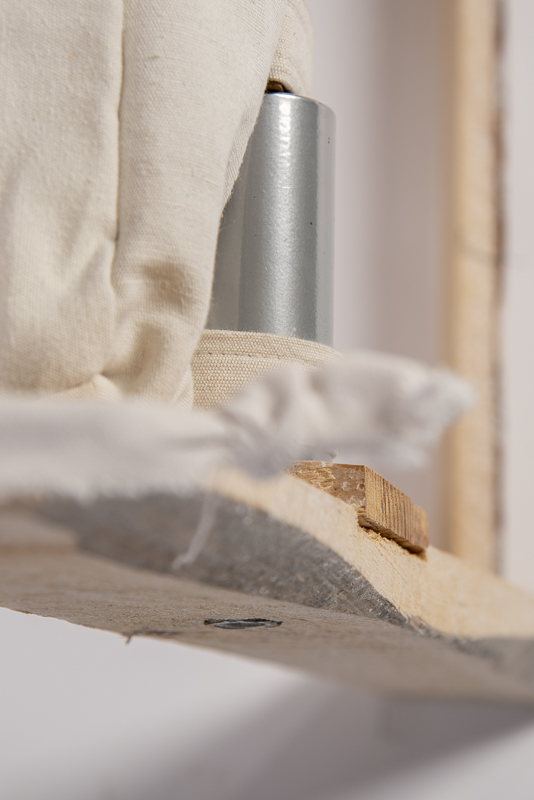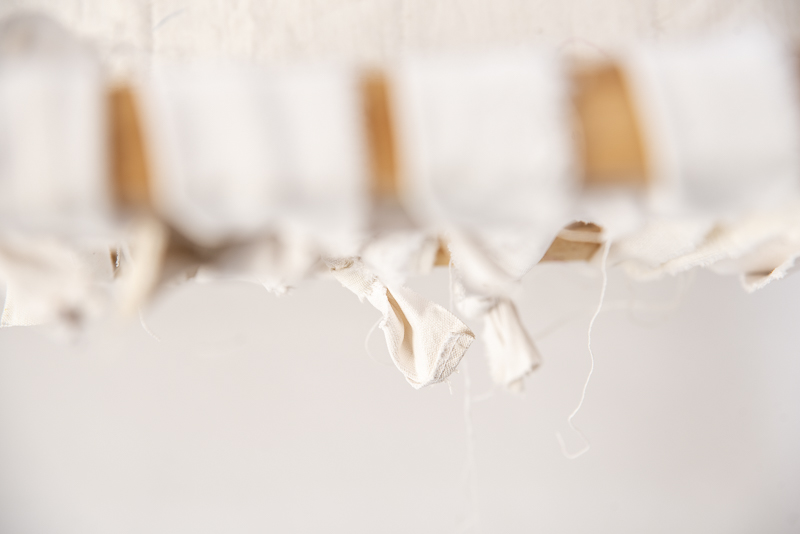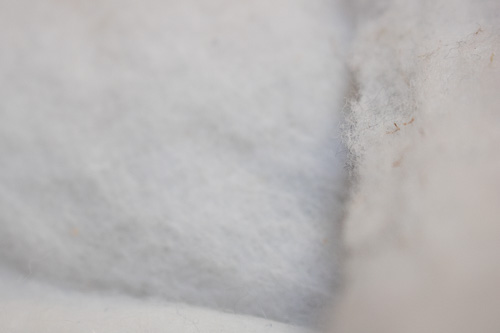THE CONCEPT
We all throw away stuff, from food packaging to broken things or things we don’t want or use anymore. It has become so normal, we never really think about the materials our stuff consists of, where they came from and what will happen to them when we throw them away. It has become so easy not to think about it, and to ignore the value the materials actually have when looking at all the effort that was put into gaining, producing and transporting the materials and products, and the impact this has on local ecosystems and the earth as a whole. In my graduation project I wanted to revalue the materials I worked with, by not taking them for granted, by appreciating them and using them to make something new, instead of throwing the entire couch away to be burned. It would have been such a waste for materials, that already have made an impact on the planet, to be turned into even more CO2 emissions.
I’m illustrating our throwaway culture, by using a regular couch as an example. By taking the couch apart I’m showing how it was glued together and how hard it is to properly reuse or recycle the materials the couch consists of. By making a new couch out of the materials of the old one, I show how it could be possible to make new things within the restrictions of using just a specific amount of existing materials in certain shapes. In the project I'm repurposing old materials, and I'm showing how we could make things while thinking about what will happen to the materials after the product is thrown away.
The project is meant to be an eye-opener, a conversation piece. As humans, we need to think about our actions and decisions and the impact these have on our planet. For me as a designer it means I need to think about the materials I use, and what will happen with them after the product will be thrown away. For this project that meant I only used the materials of the old couch, to make a new one. My couch is made exclusively from materials taken from the old couch and it is easy to take apart, which means it will be easy to repair when needed, and in the end each material can be recycled in the best way possible.
COUCH MATERIALS
When taking the couch apart, these were the materials I found. Some of the materials I worked with before, others I had never really worked with and knew barely anything about.
By clicking on a photo, you’ll learn more about the materials the couch consists of and the dilemmas I faced working with them.
At first I wanted to use all the materials of the couch, but at one point I figured it would not be possible to use it in the new couch, since the old one was never meant to be recycled. By taking the old couch apart and separating the different materials it consists of, would already be a step forward when having its previous destiny in mind: the waste incinerator

Click on any of the materials to learn more about.
THE PROCESS
Rules

Rules
When taking the cancelled couch apart and making a new couch out of the materials I found, I set myself some rules to make sure I didn't add a lot of new impact. I did add impact though, by using some tools that use electricity:
- a battery powered drill,
- a miter saw,
- a sewing machine,
- a washing machine.
Besides that I also added a tiny little bit of material, by sewing the seat and the case for the cushions. Apart from that, I didn't add impact.
Used materials

Used materials
For the new couch, these were the materials I used. Besides the ones visible in the photo, I used the leftover pieces of the cotton fabric for the back of the couch. I didn't show them in the photo, since any type of waste fabric can be used to make the back.
The cushions in the photo are made out of the foam material, with the plastic fluff around it.
This photo makes it extremely clear: we can significantly reduce the amount of materials we use to make a similar product.
Unused materials

Unused materials
These were the materials of the cancelled couch I did not use. Not shown in the photo is the Styrofoam frame I decided not to use.
It's quite obvious that I didn't use the majority of the cancelled couch. Part of the materials I will use for other projects. Sadly I will have to throw away the things I cannot use. I will do this in the best way possible by making sure every material ends up in the right bin.
This does not mean I failed, or that the project was pointless. Taking the cancelled couch apart already made a difference, because this allowed for some of the materials to be collected separately. So some of the materials evaded the incinerator, by simply being parted from the other materials from the cancelled couch.
THE END RESULT




No glue, no nails, this couch is meant to be recycled

A changeable look, by using fabrics you don't use anymore







Beautiful marks show the materials had another life before














